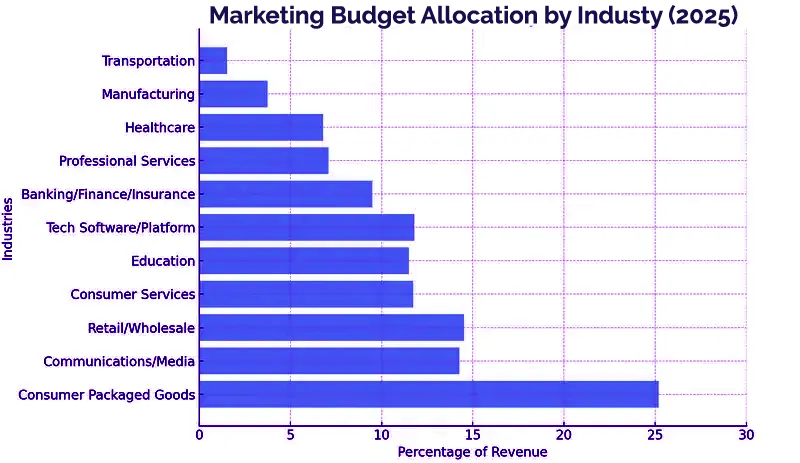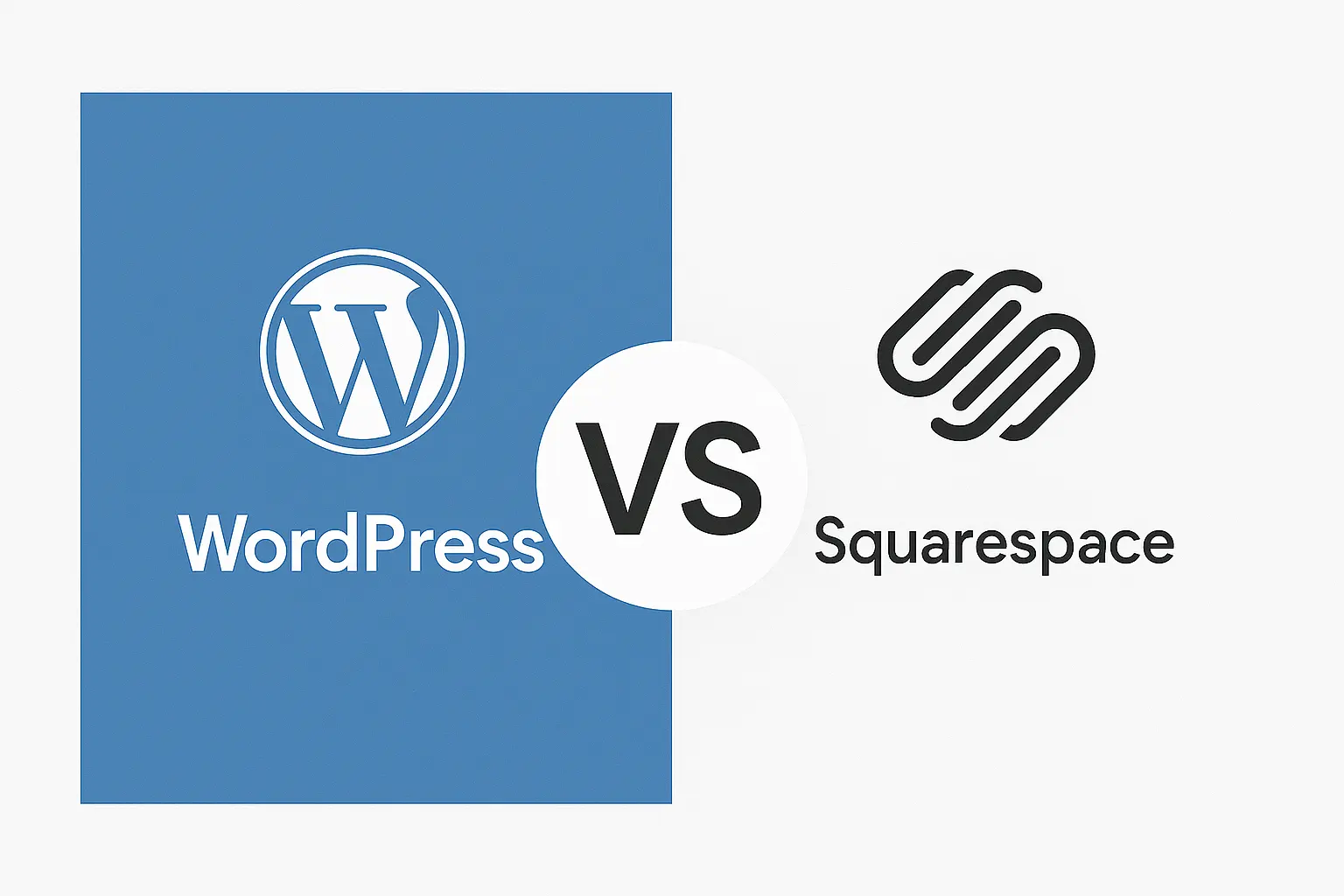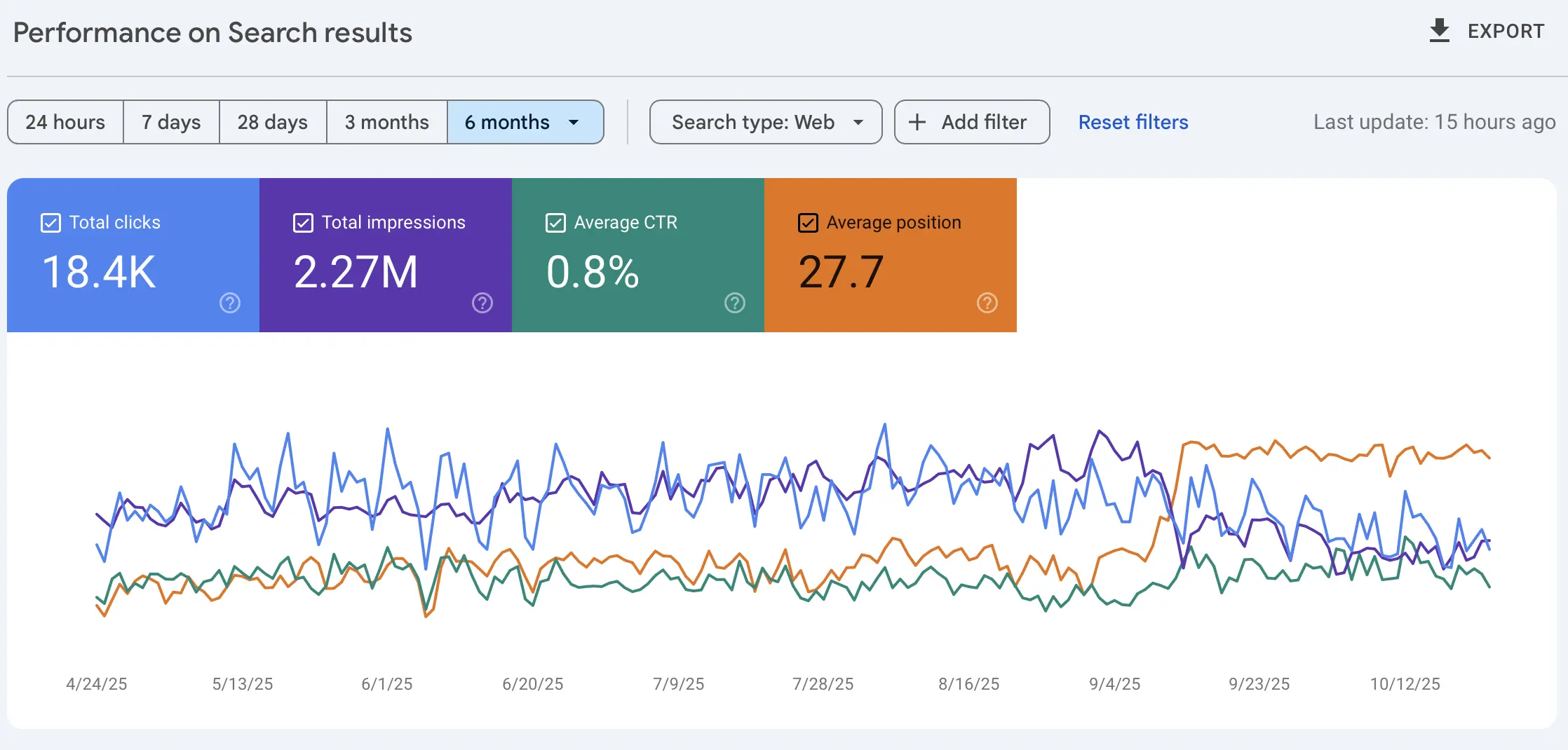Table of Contents
The Cost of Standing Still
If you’re like most business owners, you’ve asked yourself:
“How much should we spend on digital marketing this year?”
It’s a fair question. You don’t want to overspend—but underinvesting can be even more dangerous. In today’s economy, staying invisible online means falling behind competitors who are doing the opposite: investing in strategy, SEO, content, paid ads, and better digital experiences.
Whether you’re a small local shop or a national brand, digital marketing isn’t optional in 2025—it’s the engine behind your leads, revenue, and long-term relevance.
In this guide, we’ll break down how much businesses actually invest in digital marketing, what works, what to avoid, and how to approach your budget with clarity and confidence.
What the Data Says: Benchmarks & Real Averages
Most authoritative studies agree that 7%–10% of gross revenue is a common marketing investment for small to mid-sized businesses.
Here’s what recent research shows:
| Source | Suggested Marketing Investment |
|---|---|
| SBA (Small Business Administration) | 7%–8% of gross revenue for businesses under $5M |
| Gartner 2024 CMO Survey | 9.1% of total company revenue (average across industries) |
| Deloitte CMO Survey | B2B Services: 10.4% |
| Boomcycle Report | Top-performing companies invest 10–20% |
The takeaway? Businesses that want to compete seriously in 2025 should be investing a minimum of 7%, with 10–15%being more realistic for those wanting growth.
Marketing Budget by Business Size and Type
Let’s break it down by business type and revenue:
| Business Size | Revenue | Recommended Budget | Growth Budget |
|---|---|---|---|
| Local Service Business | $500K–$1M | $35K–$70K/year | $70K+ |
| Mid-Sized B2B | $1M–$5M | $70K–$300K/year | $150K+ |
| E-Commerce Store | Any | 10–15% of revenue | Up to 25% in scaling phases |
| National SaaS Company | $5M–$20M | $500K–$2M+ | 20%+ of revenue |
If you’re spending less than 5%, you’re likely not even maintaining visibility—you’re vanishing from search, social, and your customers’ minds.
What Happens When You Don’t Invest
This part is simple but often overlooked: your competitors don’t pause.
When you stop investing in digital marketing:
SEO rankings drop
Traffic decreases
Ads become costlier
Your brand awareness fades
Referrals and reviews slow down
And here’s the kicker: it takes 3x longer and more budget to regain lost visibility than it would have cost to sustain your efforts.
Want proof? Read our blog on What Happens If You Stop SEO and Competitors Don’t.
How to Budget Based on Goals, Not Just Revenue
Revenue matters—but your business goals matter more.
Here’s how to rethink the budget:
Want to grow 20% next year? Invest like you mean it. That often means 10–15% of revenue.
Just need stability and visibility? Stick to the 7–9% range.
Launching a new product or entering new markets? Budget 15–25% temporarily.
🧠 Example:
A B2B company making $2M/year wants to grow to $2.5M. A 12% marketing budget = $240K/year or $20K/month across SEO, PPC, content, web design, and lead capture.
Where to Spend: SEO, Ads, Content, Web Design & More
A realistic marketing budget should include:
| Channel | % of Budget | What It Covers |
|---|---|---|
| SEO | 25–35% | On-page, off-page, technical SEO, link building |
| Google & Meta Ads | 30–40% | Search ads, remarketing, Meta campaigns |
| Website & UX | 15–20% | Redesigns, CRO, landing pages |
| Content Creation | 10–15% | Blogs, videos, case studies |
| Email & CRM | 5–10% | Email automation, lead nurturing |
Internal link suggestion here:
Read our SEO services page to see how we approach search visibility and lead generation.
Marketing Investment ROI: How to Measure Results
Marketing is measurable—if your setup is right. Track:
Cost per lead (CPL)
Customer acquisition cost (CAC)
Return on ad spend (ROAS)
Organic traffic & conversions
Keyword rankings & visibility
Lead quality (MQLs, SQLs)
Need help tracking performance? Our team sets up detailed reports in Google Analytics 4 and CRM tools to show real results.
Common Mistakes to Avoid
❌ Investing too little, expecting too much
❌ Hiring cheap freelancers instead of a team
❌ Running ads without optimized landing pages
❌ Doing SEO for 2 months, then quitting
❌ Relying only on referrals
Digital marketing takes time—but when done right, the ROI compounds.
What Real Businesses Are Spending in 2025 (Examples)
1. Local Plumbing Company ($900K/year)
Spends $5,000/month on SEO + PPC
→ 40 leads/month, $12,000/mo revenue increase
2. National E-Commerce Brand ($4M/year)
Spends $40,000/month across SEO, Meta, YouTube
→ 4.8x ROAS, 20% YoY growth
3. B2B Tech Startup ($1.5M/year)
Spends $10,000/month in 6-month ramp-up
→ Improved lead quality, reduced CAC by 28%
How to Get Started: A Simple Planning Framework
Define your revenue goal
Calculate budget % (7–15%)
Break it down by channel
Prioritize your quick wins (SEO? Ads? Web?)
Track results monthly
Not sure where to start? Schedule a free strategy call and we’ll guide you.
Final Thoughts: What Growth-Minded Companies Do Differently
They treat marketing as an investment, not an expense.
They:
Invest consistently, not sporadically
Budget realistically based on goals
Build a strategy around performance and data
Partner with experts who understand their growth targets
Whether you’re scaling or stabilizing, digital marketing is the most direct path to leads, revenue, and long-term brand value.
Ready to Build a Strategy That Actually Delivers?
FOG Digital Marketing has helped businesses grow for over 16 years.
From web design and SEO to lead generation and content—we turn your marketing into momentum.
Our Blog
Digital Marketing Insights
WordPress vs Squarespace: Which Platform Is Better for Your Business?
WordPress vs Squarespace: Which Platform Is Better for Your Business? October 28, 2025 SEO Table of Contents Choosing the right website platform can make or break your online...
Top Local SEO Companies in San Antonio: Who Has the Best Reviews?
Top Local SEO Companies in San Antonio: Who Has the Best Reviews? October 26, 2025 Logo Design Table of Contents If you’ve searched “best local SEO companies in...
What the NFL’s Best Logos Can Teach You About Branding
What the NFL’s Best Logos Can Teach You About Branding October 24, 2025 Logo Design Table of Contents NFL team logos are among the most instantly recognized symbols...
Ready to take the next step?
Contact us today to see how we can make digital marketing work for your business.





